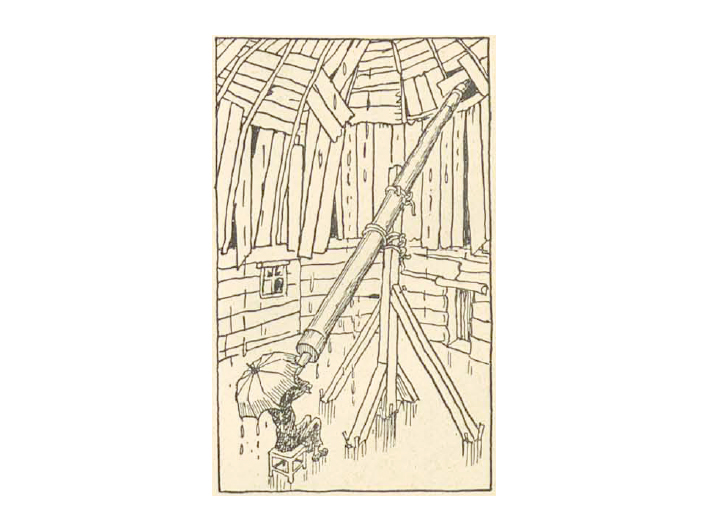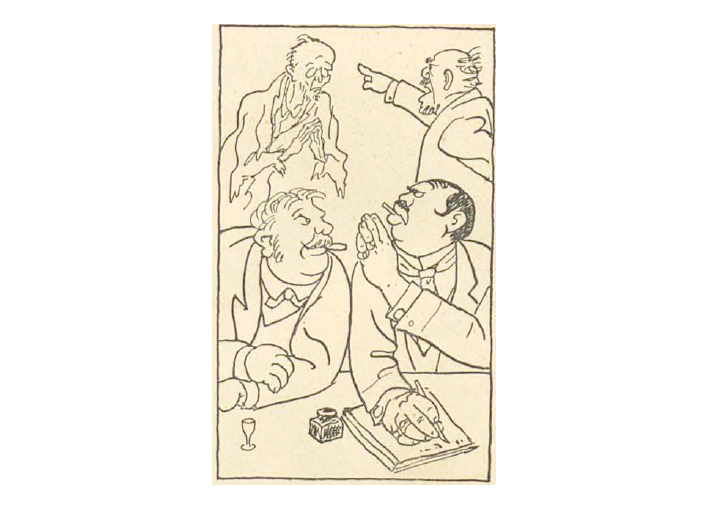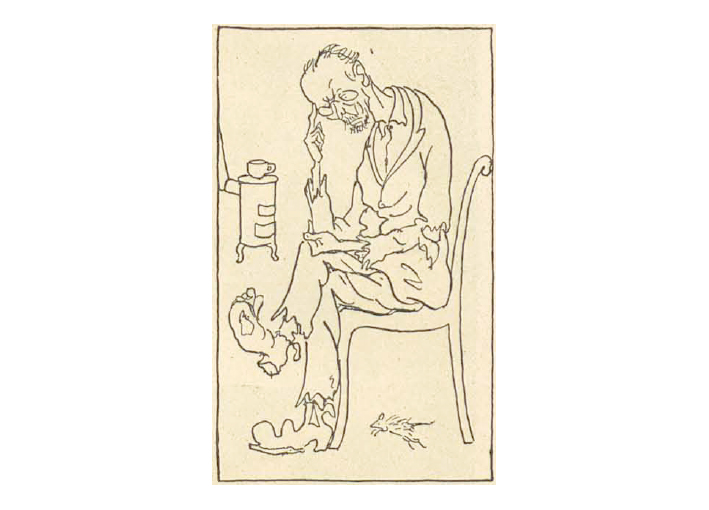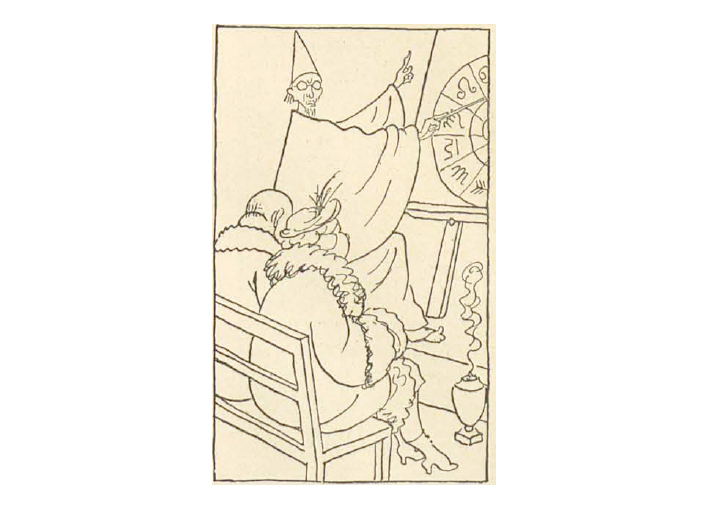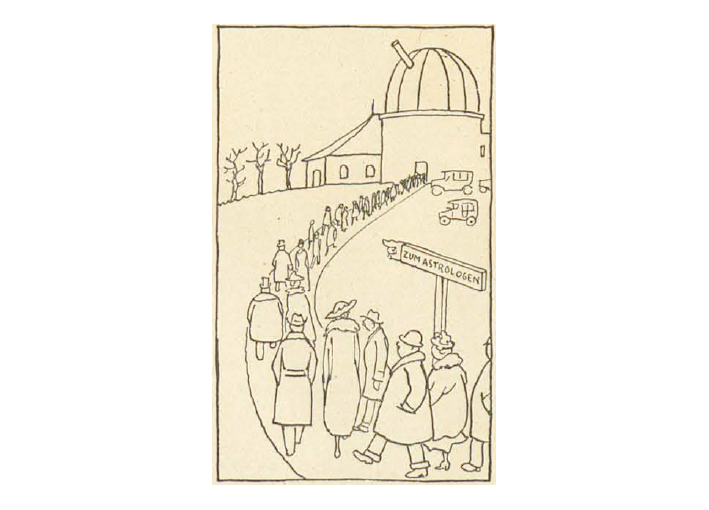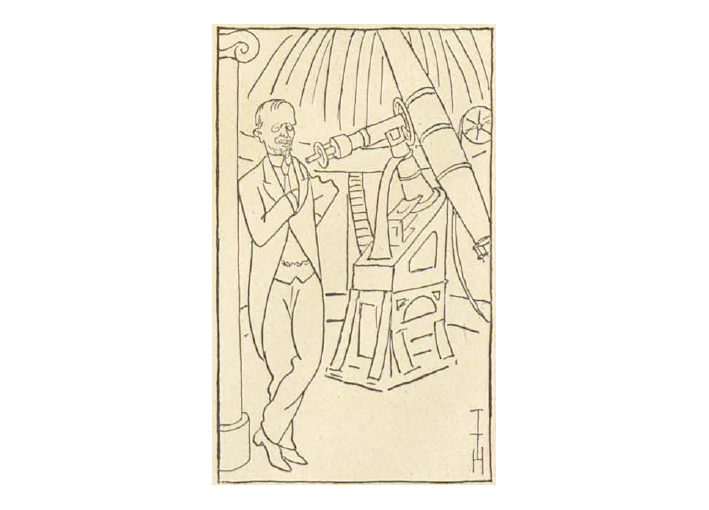The inflation of 1923
The crumbling mark caused everything to “dissolve into thin air”
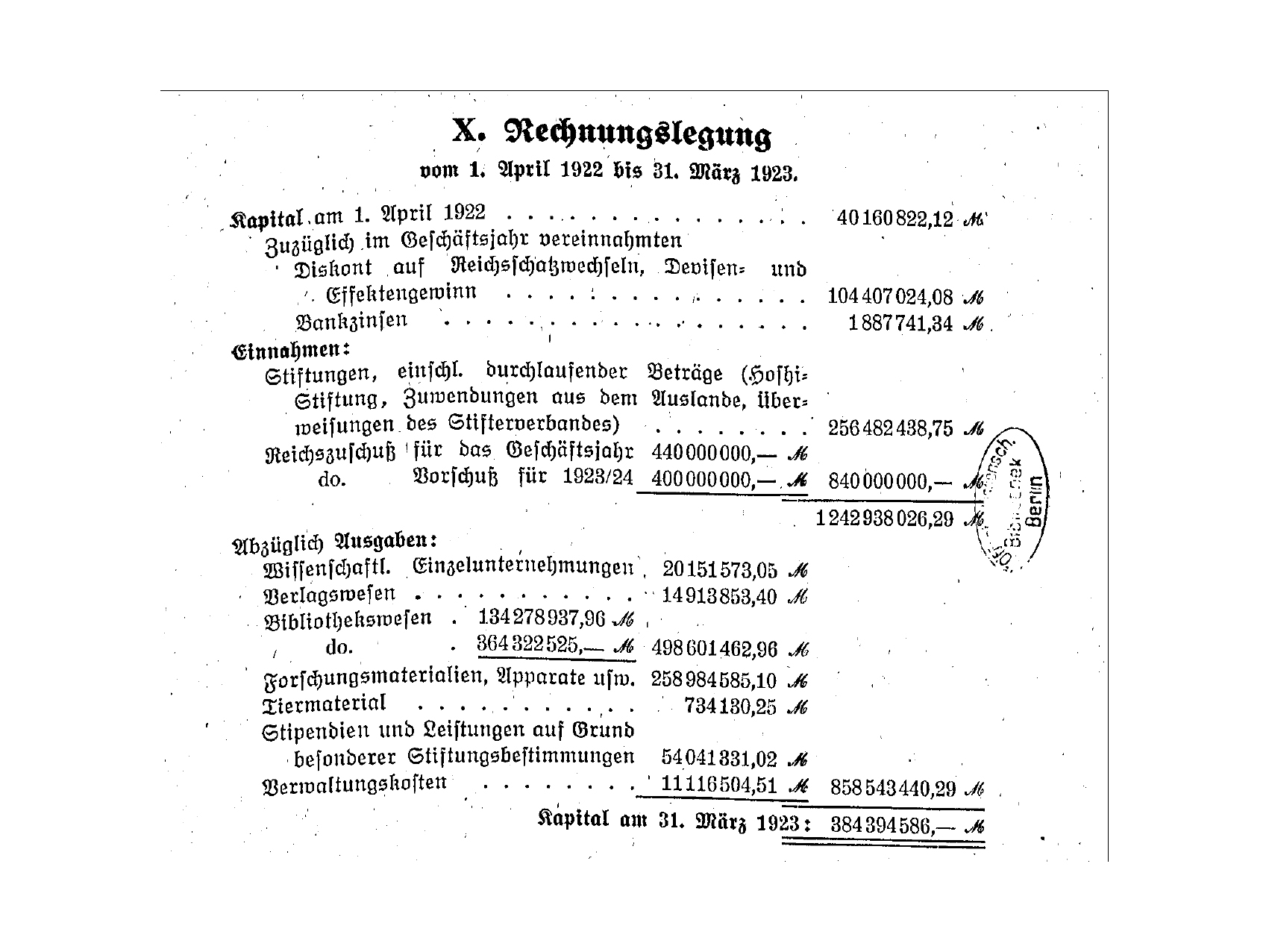
Excerpt from the balance sheet of the 1922/1923 financial year
© Zweiter Bericht der Notgemeinschaft, 1922/1923
Ever since its establishment, the German Notgemeinschaft had had to contend with inflation. The years 1921 and 1922 were already dominated by monetary devaluation.
In 1923 the Notgemeinschaft was facing the imminent prospect of being dissolved; by August of that year funds had already been exhausted due to galloping inflation. The allocated sum of 4.4 billion marks was increased by 900 billion in August, but by October that money, too, had been spent. According to the Third Report of 1923/1924, in order to avoid losing even more money to inflation the Notgemeinschaft was provided with a gold credit of 500,000 gold marks.[A1]
It is not possible to ascertain what the various amounts were worth at the precise moments of their approval, payment and expenditure for the 1923 year of inflation. The soaring inflation forced the Notgemeinschaft to speed up decision-making processes. For example, expert committees were urged to practise the “greatest possible expedition of the review process”. Additional approvals became necessary for printing subsidies that had already been approved, which were decided by the President of the Notgemeinschaft on the spot. This meant that the centralisation of the decision-making power of the Executive Committee, which had already begun to emerge, was strengthened even more.
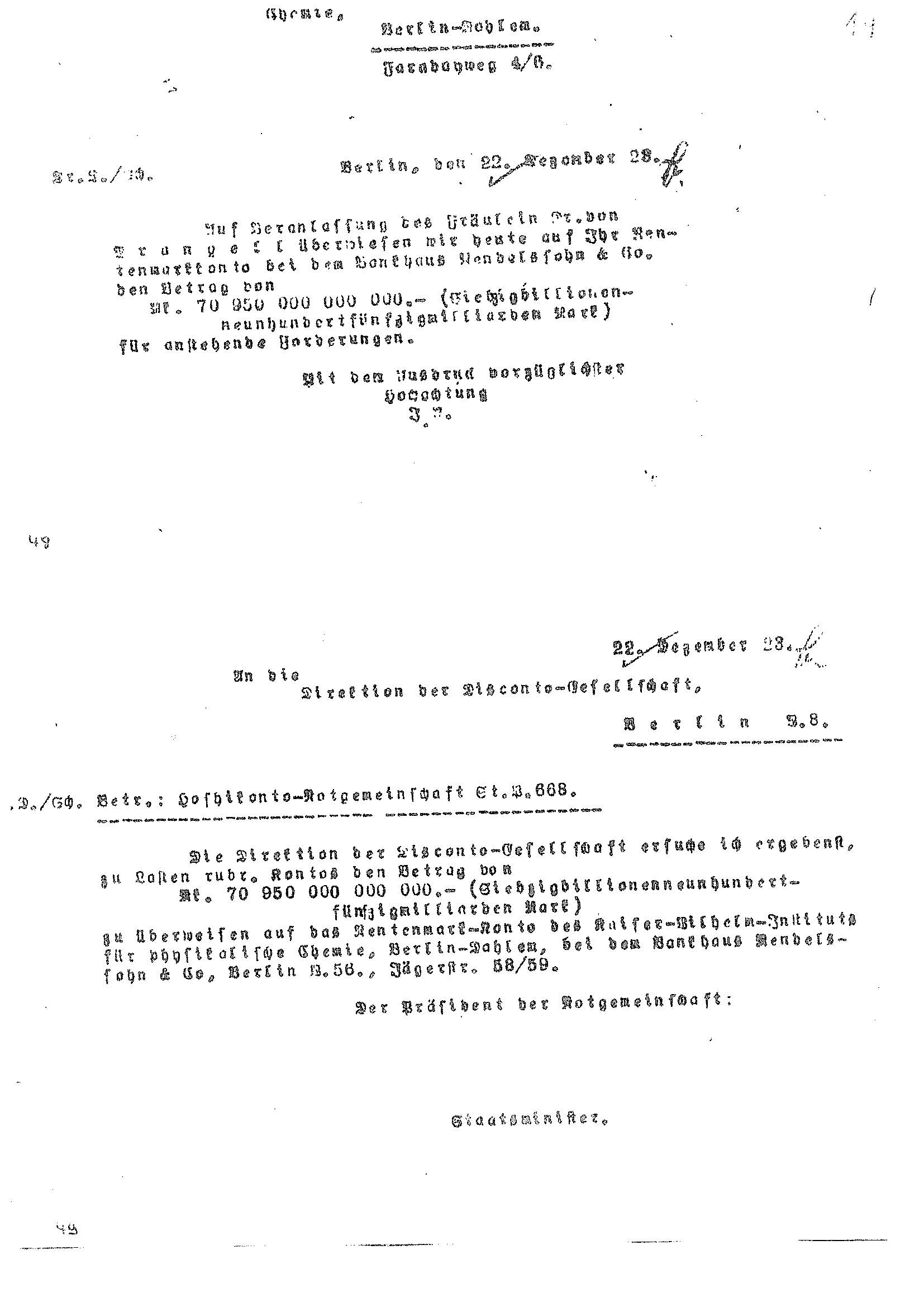
Transfer of 70 trillion marks to Frau von Wrangell, Professor of Chemistry, for research work at the Kaiser Wilhelm Society
© Aus
The difficult working conditions of the Notgemeinschaft in the period of inflation are described in the Third Report of 1923/1924:
“The 1923/24 financial year was a year of real hardship. In the second half of this year, the Notgemeinschaft was several times on the brink of being forced to cease its operations due to the lack of funds. [...]The crumbling mark devalued its funds, caused all domestic subsidies to dissolve into thin air, just as it made any advance planning impossible and threw researchers off their accustomed course. [...] A clear rendering of the accounts, such as was included in the last annual report, is impossible under the conditions of the past financial year.”
There is no money left for science. The observatory is in utter disrepair.
© Th. Th. Heine, Simplicissimus, Jahrgang 25 Nr. 44, Januar 1921
In November 1923 inflation was brought to a halt by the currency reform with the introduction of the Rentenmark. The President of the Notgemeinschaft, Friedrich Schmidt-Ott, writes in the foreword of the Third Report of the Notgemeinschaft, looking both to the past and the future,
“The Reich did not abandon us, even in the time of greatest need. [...] Neither was there a lack of sympathetic support otherwise, both at home and abroad. Such faith not only demands constant gratitude on the part of science and scholarship, but creates, in no lesser measure, an obligation to renew one's hope and joy in work. It also vouchsafes the ultimate success of the Notgemeinschaft.”
Further information
Access to the historical records
“GEPRIS Historisch” is the comprehensive information portal provided by the DFG that makes the history of the DFG and of research between 1920 and 1945 publicly accessible:
Information on literature used and sources
